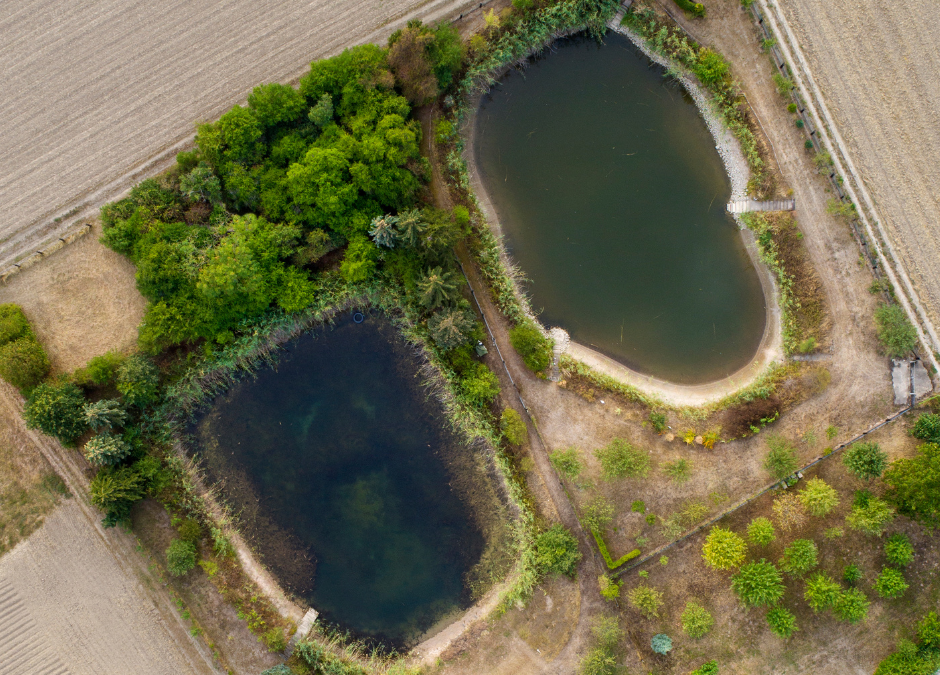Measuring the surface area and depth of a pond can be a straightforward process if you use the right tools and techniques. Here’s a step-by-step guide to help you easily measure the surface area and depth of a pond:
Measuring Surface Area:
- Google Earth or Online Maps: If your pond is relatively large and its boundaries are clear, you can use Google Earth or other online maps with satellite imagery to measure the surface area. Simply zoom in on the pond, mark the perimeter using the measuring tool available on the map application, and it will give you an approximate area measurement.
- Tracing Method: For smaller ponds or when using maps isn’t feasible, you can measure the surface area by creating a scaled drawing of the pond on graph paper or using a computer drawing program. Walk around the pond’s edge and mark points at regular intervals. Connect these points to outline the pond shape and calculate the area using the scale of your drawing.
- GPS or Surveying Equipment: For more precise measurements, you can use a handheld GPS device or surveying equipment to map out the perimeter of the pond. There are GPS devices available that can give you accurate area calculations.
Measuring Pond Depth:
- Using a Depth Finder: If you have access to a boat or kayak, you can use a depth finder or fishfinder to measure the depth of the pond at various points. Simply move the boat across the pond while taking depth readings at regular intervals. This will give you a depth profile of the pond.
- Pond Staff or Measuring Stick: A pond staff or measuring stick is a long, graduated pole that can be placed vertically into the pond to measure its depth. You can use markings on the staff to read the depth of the pond at different points. Alternatively, you can make your own measuring stick using a long pole with marked measurements.
- Sonar Depth Sensor: If you have a more advanced setup, you can use a sonar depth sensor that is specifically designed for measuring pond depths. These devices provide accurate depth readings and are easy to use.
Additional Tips:
- For irregularly shaped ponds, break the pond into smaller sections with simple shapes (rectangles, circles) and calculate the area of each section separately. Then, add up these individual areas to get the total surface area.
- When measuring the depth, take measurements at multiple points across the pond to get a representative average depth.
- Always prioritize safety while measuring a pond, especially if you’re using a boat or going near the water’s edge.
By following these steps and using appropriate tools, you should be able to easily measure the surface area and depth of your pond, but if you still have questions our pond experts are here to help. We have many years of experience treating ponds healthyponds.com/free-pond-plan


